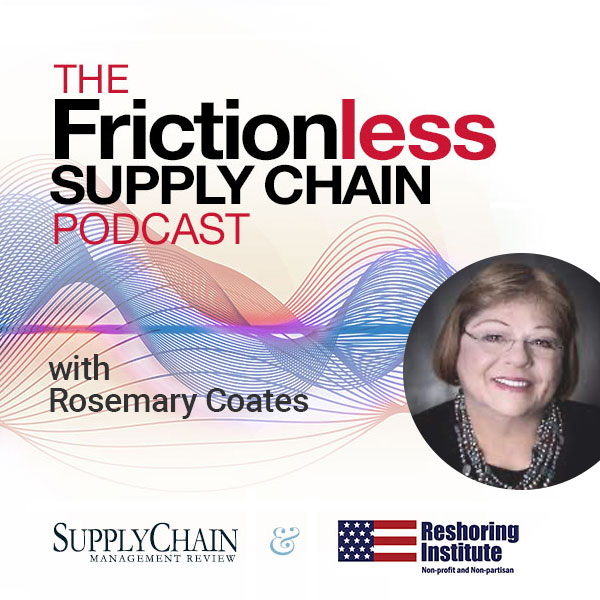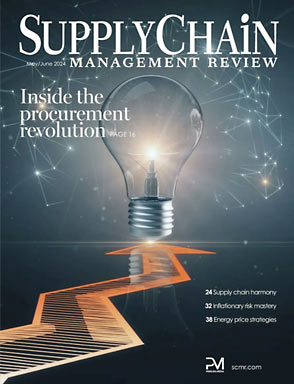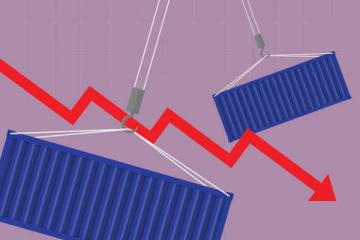Analysts for IDC Manufacturing Insights and IDC Retail Insights, report that Japanese manufacturers face severe disruptions across several value chains in the coming months.
According to IDC group vice president, Bob Parker, Toyota is losing $80 million per day largely due to several strategic suppliers being located in the Northeast.
“Even if plants were not damaged, power has been unreliable,” he said in a recent blog post. “General Motors, who also relies on suppliers in northern Japan for global production, has cut overtime at its Korea plants in anticipation of parts shortages and expects the impact to reach other parts of the world. GM reported that the complete picture wouldn’t be known for several weeks.”
In the high-tech sector, Parker sees a similar crisis playing out, with a crunch put on semiconductor supply—particularly flash memory.
“The effects are already being felt in an industry that, prior to the earthquake, was already utilizing high levels of capacity,” he said. “Apple has announced that lead times for the new iPad 2 have already been extended to seven weeks, largely due to a lack of memory components. Having a source of reliable energy is critical to getting this industry back to running normally and there is little optimism that the nuclear issues will resolve either favorably or quickly.”
Parker noted that base materials and consumer goods were also taking a hit – due in part to failures in supply chain technology.
Simon Ellis, who currently leads the supply chain strategies practice area at IDC Manufacturing Insights, concurred:
“There has been a trend up to now, to invest in systems that would assure redundancy,” he said in an interview. “But that puts too much slack in the supply chain. Now companies have to plan for the future without getting too focused on an overwhelming rapid response to disaster.”
Ellis said that companies should not retreat from a “just-in-time” model, as inventories will become too spare.
“Preparing for normal events, and mitigating risk can be done sensibly and in a cost-effective manner. We advise companies to have contingencies in place for bad weather…not 100-year storms.”
For related stories click here.
SC
MR

Latest Supply Chain News
- Despite American political environment, global geopolitical risks may be easing
- Joseph Esteves named CEO of SGS Maine Pointe
- Employees, employers hold divergent views on upskilling the workforce
- April manufacturing output slides after growing in March
- Q1 sees a solid finish with positive U.S.-bound import growth, notes S&P Global Market Intelligence
- More News
Latest Podcast

 Explore
Explore
Latest Supply Chain News
- Despite American political environment, global geopolitical risks may be easing
- Joseph Esteves named CEO of SGS Maine Pointe
- Employees, employers hold divergent views on upskilling the workforce
- April manufacturing output slides after growing in March
- Q1 sees a solid finish with positive U.S.-bound import growth, notes S&P Global Market Intelligence
- World Trade Centers offers a helping hand to create resilient, interconnected supply chains
- More latest news
Latest Resources

Subscribe

Supply Chain Management Review delivers the best industry content.

Editors’ Picks





